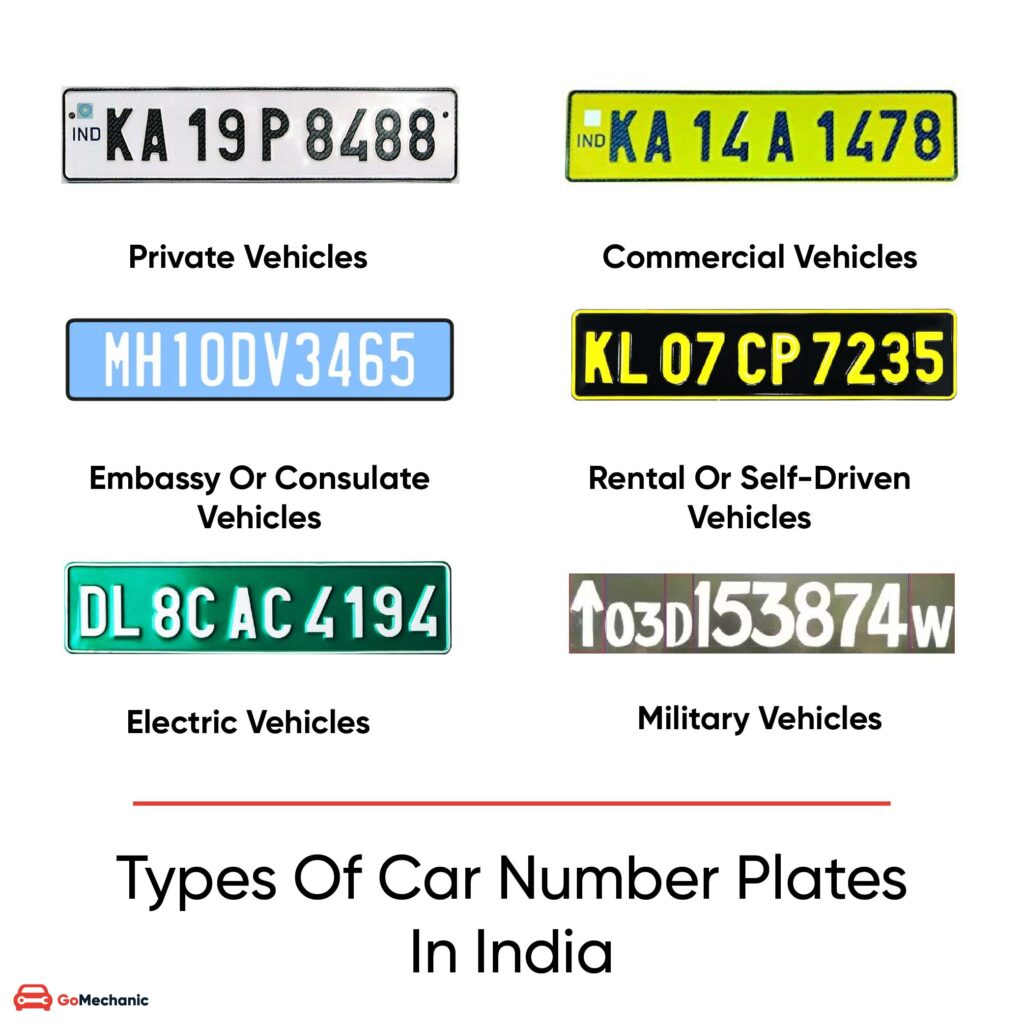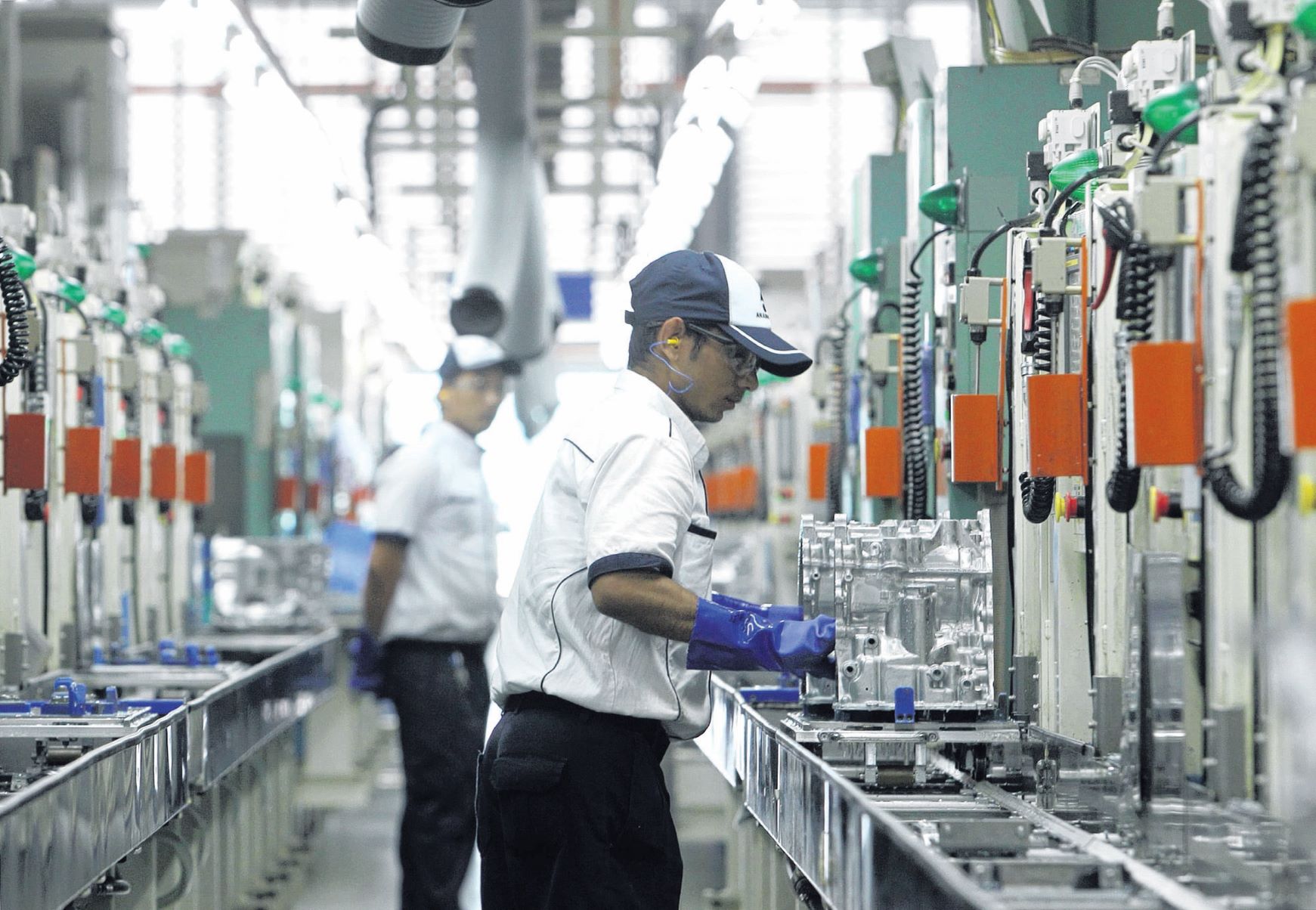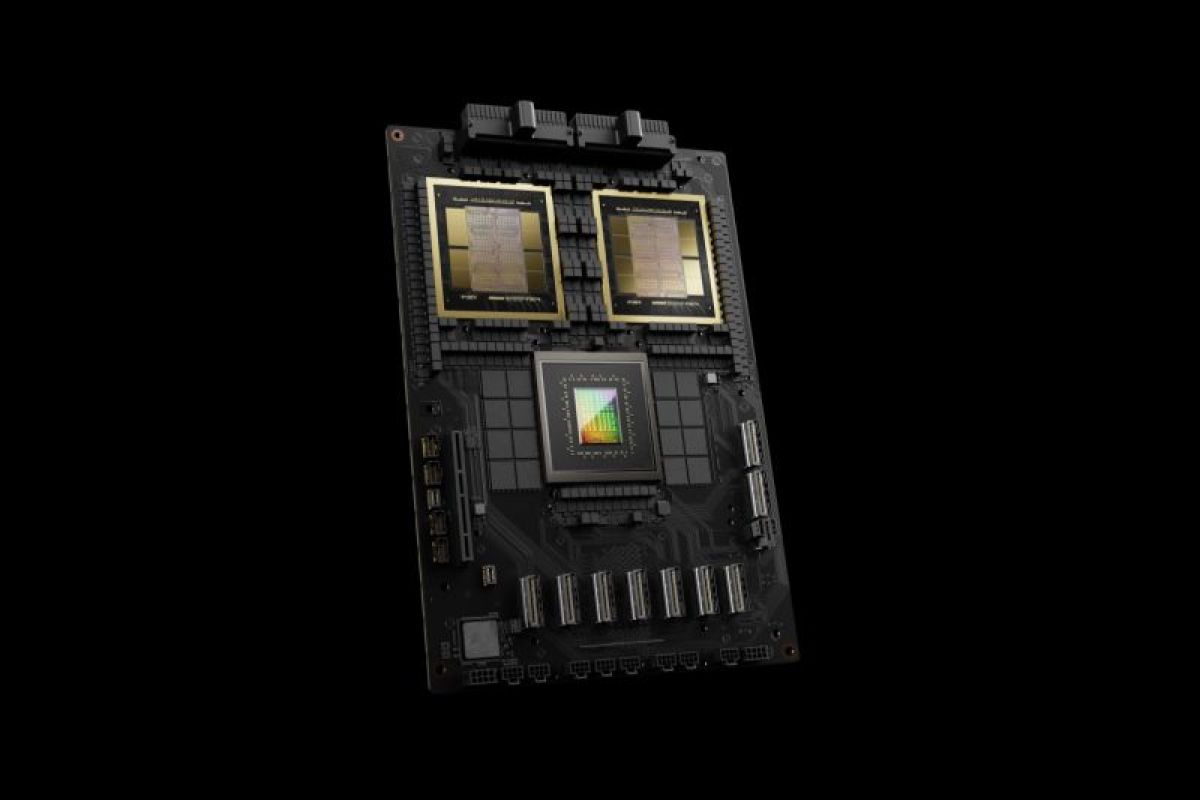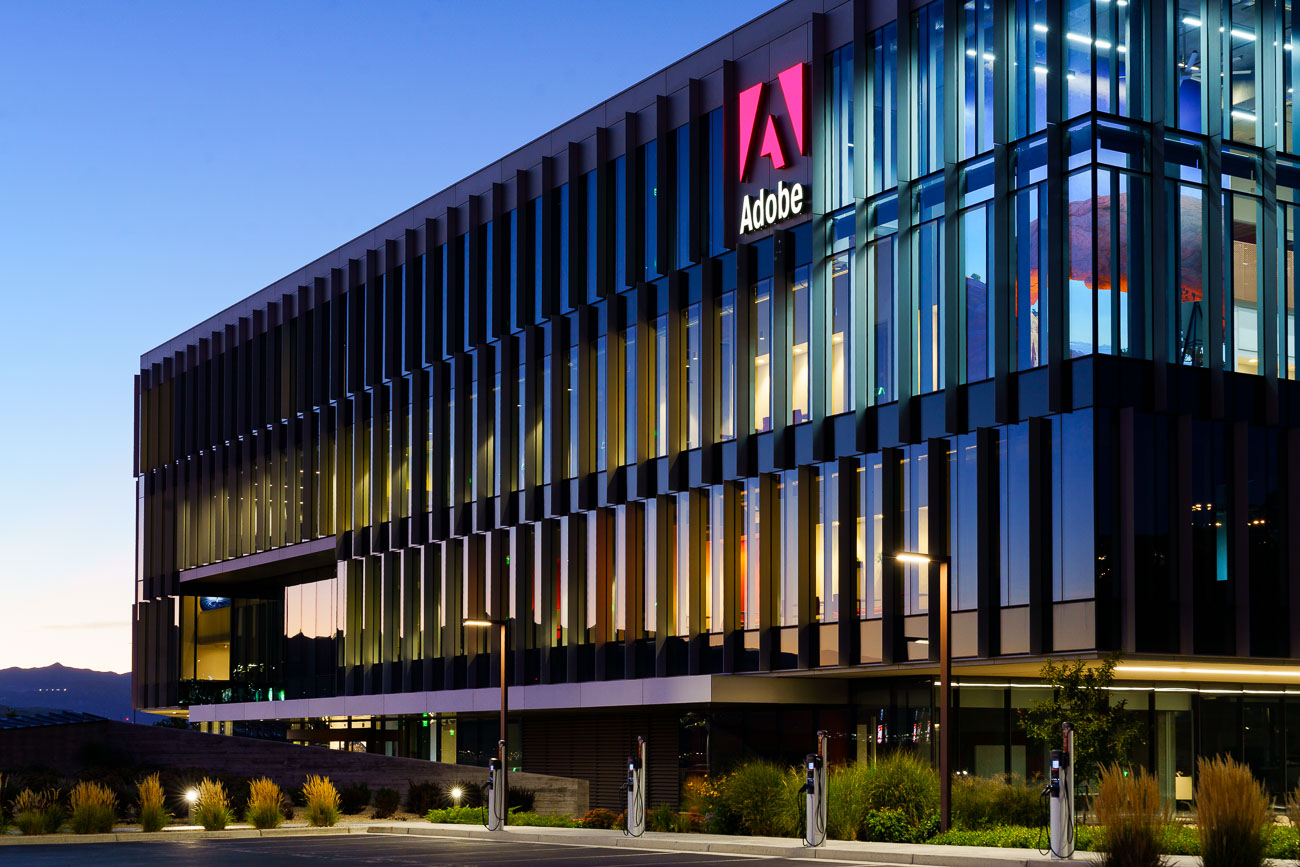India is leveraging Nvidia’s accelerated computing technology to tackle the challenge of tollbooth traffic, which affects a road network stretching over four million miles across 1,000 tollbooths. The Indian road network, being the second-largest in the world, traditionally relies on manual tollbooth operations, leading to significant traffic delays and road congestion.
Calsoft, an Indian-American technology company, has spearheaded the automation of tollbooths across India by integrating Nvidia technologies with the country’s unified payments interface (UPI) system. This solution automatically reads vehicle license plates and charges the driver’s UPI account, reducing the reliance on manual toll collection. However, automating this system presented unique challenges, particularly due to the diverse range of non-standardized license plates in India, which vary in color, size, font, and language.

The pilot program for this automated system has been deployed in major metropolitan cities, achieving about 95% accuracy in reading license plates using an automatic number plate recognition (ANPR) pipeline. Nvidia’s Metropolis application framework plays a crucial role in tracking and detecting vehicles, while Nvidia Triton manages the AI models, and the Nvidia DeepStream SDK facilitates real-time data processing and object detection.
Calsoft’s solution also utilizes Nvidia hardware, including Jetson edge AI modules and A100 Tensor Core GPUs, ensuring scalability to meet future traffic demands and evolving conditions. This initiative represents a significant step toward easing traffic congestion across India’s vast road network.










